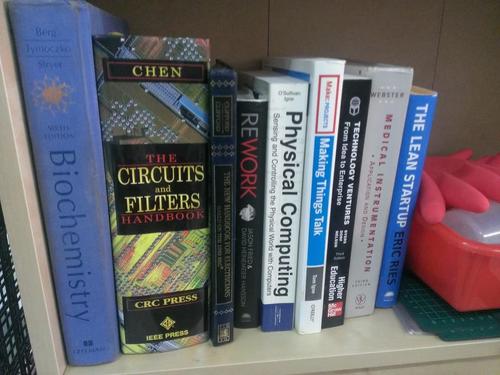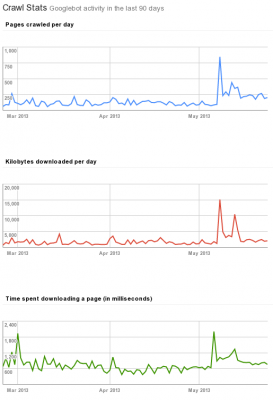The influence of the last few years kept pushing me more and more towards entrepreneurship, and learning more about startups, innovation, creativity, independence, creating value. Recently I found myself reading more and more about them, and ending up with an ever-increasing reading list as well. Never before I had so many non-fiction book waiting for me, and i want to make some notes of the ones I have read.

This post will be most likely a constantly updated book review collection, where I list what have I read and what have I learned from them, with special focus on research & innovation, since that’s the area where I’m most likely headed.
I know of course that reading is not substitute to action. I can still learn from other people’s successes and failures, though.
The books so far
It was an interesting collection of anecdotes. In retrospect, the title would suggest that it contain some guidelines that can be replicated to some extent by other teams and companies. The book however feels more like just storytelling how much fun people have at IDEO, with the breakthroughs and failures they had with particular projects.
Some ideas stand out nevertheless. The importance of prototyping: do things as soon as possible, try ideas out and make educated guesses based on actual experience, move fast and make things. The importance of inspiration: when there’s an ideation project, just go out and get a big bunch of items that are connected to it in any way (eg. figuring out a new bottle cap? Go out and get every possible way of closing containers, and more…). The importance of keeping discarded projects: today’s discarded project can be the main inspiration for tomorrow’s success, thus really worth keeping a log of everything. The importance of play: indirect exploration and team morale are awesome things to have on your side, and they are signs of a long term strategic thinking.
♣ Winning at Innovation: The A-to-F model
This one is much-much drier than the Art of Innovation, but also very thorough. So many intuitive things from the previous book was made completely clear because of this systematic approach. It’s good have a better understanding for the things that stick around in one’s mind.
This had some pretty good points too. Can’t innovate something while you are doing it: have to stop and look at things from the outside to see how to improve. That means it is really helpful to have some people doing the tasks, while others make it better. The importance of neighbouring industries: look at companies that serve the same target customers with different products, or serve different customers the same product as you. Mash up and create new combinations, learn from these neighbours.
The premise of the book is worth an epiphany: it’s an age of ecosystems, have to think in broader terms than just your products. So often can miss critical ingredients of the the ecosystem and can fail really badly while doing the execution perfectly. Co-innovation and adoption chain risks are there quite often for quite simple teams, besides the execution risk which is the first thing that companies learn to conquer. It’s not enough to take care of the last one, have to manage the first two as well. Need to always be on top, who else is there to win besides you to make your stuff work.
Of course, the detailed look this needs can be much easier in hindsight. One of the final, big example of an enterprise that did things wiser than other was Better Place, an electric car company. I was thinking how the book’s models would apply to Tesla, while just this week I read about how Better Place just filed for bankruptcy.
…coming soon
♣ Rework
…coming soon
On the reading list
There are always more books than I have time for, these are the ones that are shortlisted currently to be added to the reviews above.
- Beyond the Obvious
- Business Model Generation
- The 4 Hour Work Week
- One Simple Idea
- One Simple Idea for Startups and Entrepreneurs
- Creative Leadership
- How to Invent Almost Anything
- The Startup Owner’s Manual
- Technology Ventures
- Antifagile
- Good to Great, Great by Choice
If you have a suggestions what else I should include, please let me know!



